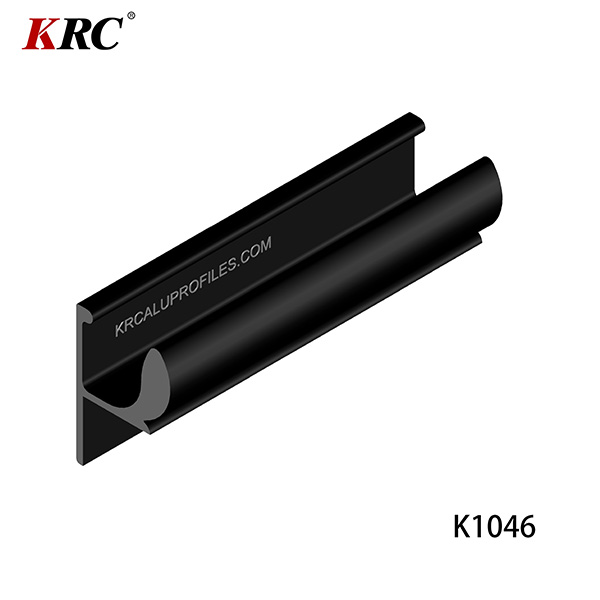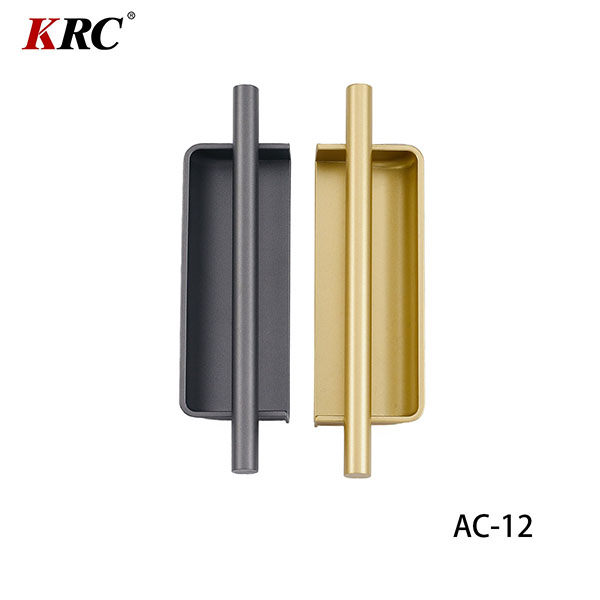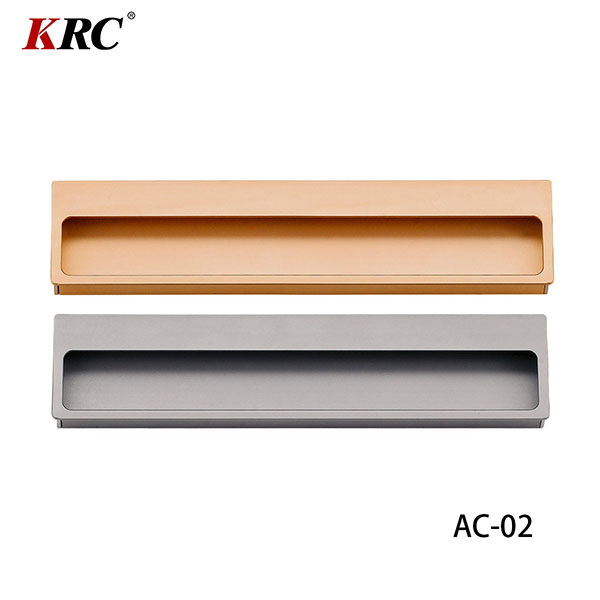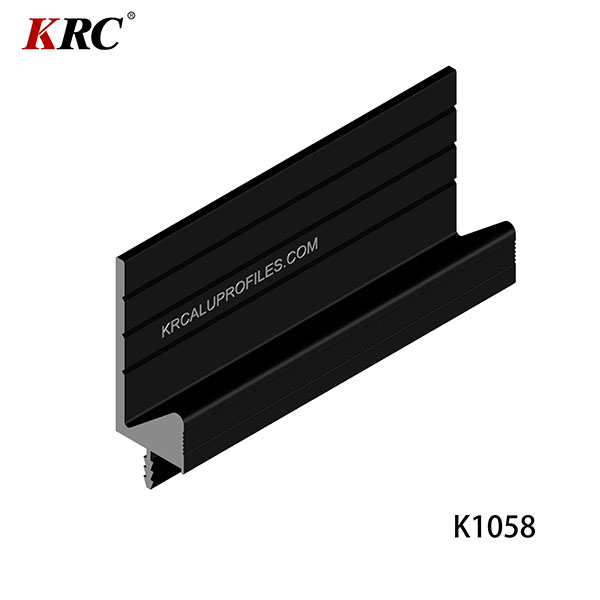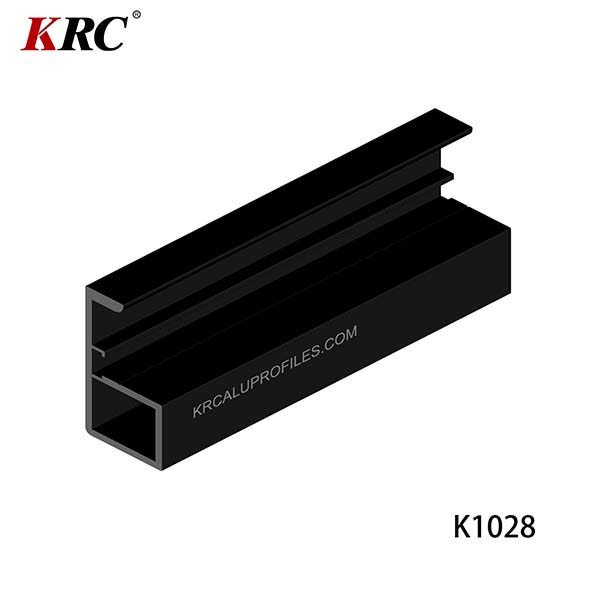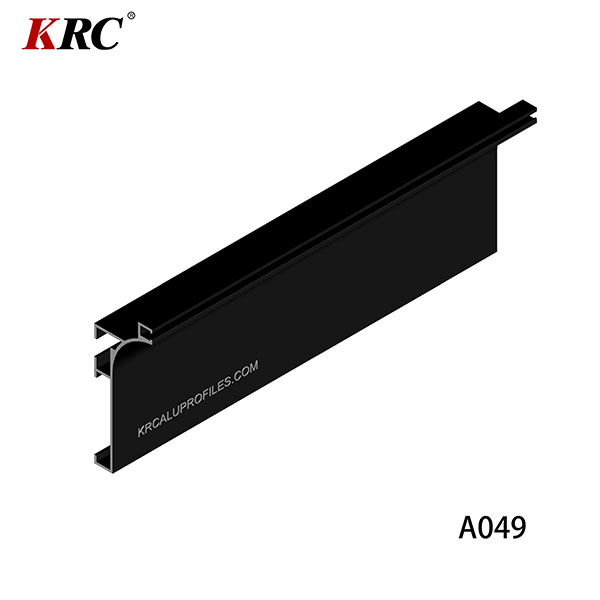Wardrobe handles are often an overlooked aspect of interior design, yet they can make a significant impact on the overall look and functionality of your wardrobe. Whether you're renovating your bedroom or simply looking to update your wardrobe, choosing the right handles can enhance the style and usability of your space.
1. Consider Your Wardrobe Style
When choosing closet door handles, it's essential to consider the style of your wardrobe and the overall theme of your bedroom. For a modern and minimalist look, sleek and streamlined handles in a matte or brushed finish can complement the design beautifully. These handles can add a touch of elegance and sophistication to your wardrobe, enhancing its overall aesthetic appeal.
On the other hand, if you have a more traditional wardrobe, handles with intricate designs or in a classic finish like brass or chrome can add a touch of timeless elegance. These handles can help create a warm and inviting atmosphere in your bedroom, making it a cozy and comfortable space to relax in.
2. Material Matters
The material of your wardrobe handles can also play a significant role in the overall look and feel of your wardrobe. Common materials for wardrobe handles include metal, wood, and plastic. Metal handles, such as aluminum wardrobe handles, offer durability and a sleek appearance. These handles are perfect for modern wardrobes and can add a touch of sophistication to your bedroom decor.
Wood handles, on the other hand, can add a warm and natural touch to your wardrobe, creating a cozy and inviting atmosphere. These handles are perfect for traditional or rustic wardrobes and can help create a sense of warmth and comfort in your bedroom. Lastly, plastic handles are often more affordable and come in a variety of colors and styles. These handles are perfect for adding a pop of color to your wardrobe and can be easily replaced if you ever want to change up the look of your bedroom.
3. Choosing the Right Size and Shape
The size and shape of your wardrobe handles can affect both the look and usability of your wardrobe. Larger handles can make a bold statement and are easier to grip, especially for children or elderly individuals. However, they may not be suitable for smaller wardrobes or those with limited space.
Consider the size of your wardrobe doors and drawers when choosing handles to ensure they fit comfortably and do not obstruct the opening and closing of the doors.
4. Functionality and Ergonomics
In addition to their aesthetic appeal, wardrobe handles should also be functional and ergonomic. Handles that are easy to grip and use can make accessing your wardrobe more convenient, especially if you frequently open and close your wardrobe doors.
Consider handles with rounded edges or ergonomic designs that fit comfortably in your hand. These handles can reduce strain and discomfort, making them ideal for daily use. Additionally, handles with a smooth finish can prevent clothing from snagging or catching on them, ensuring that your wardrobe remains in good condition.
5. Installation and Maintenance Tips
Installing new wardrobe handles is a simple yet effective way to update the look of your wardrobe. Before starting, ensure you have the correct tools for the job, including a screwdriver, measuring tape, and a pencil. Measure the distance between the pre-existing handle holes to ensure your new handles will align correctly. Use a template or guide to mark the position of the new handle holes before drilling to avoid any mistakes.
To keep your wardrobe handles looking their best, regular maintenance is essential. Clean handles with a soft, damp cloth and mild detergent to remove any dirt or grime. Avoid using abrasive cleaners or harsh chemicals, as these can damage the finish of the handles. For metal handles, a metal polish can help maintain their shine and prevent tarnishing.
Additionally, inspect your handles regularly for any signs of wear or damage. Replace any worn or damaged handles promptly to ensure the continued functionality and aesthetic appeal of your wardrobe.
Conclusion
Wardrobe handles are a small yet essential element of your wardrobe design. By choosing the right handles, you can elevate the style and functionality of your wardrobe, making it a stylish and practical addition to your bedroom. Whether you prefer modern and minimalist handles or classic and elegant designs, there are handles to suit every taste and style.

